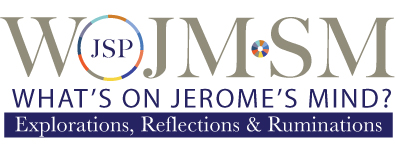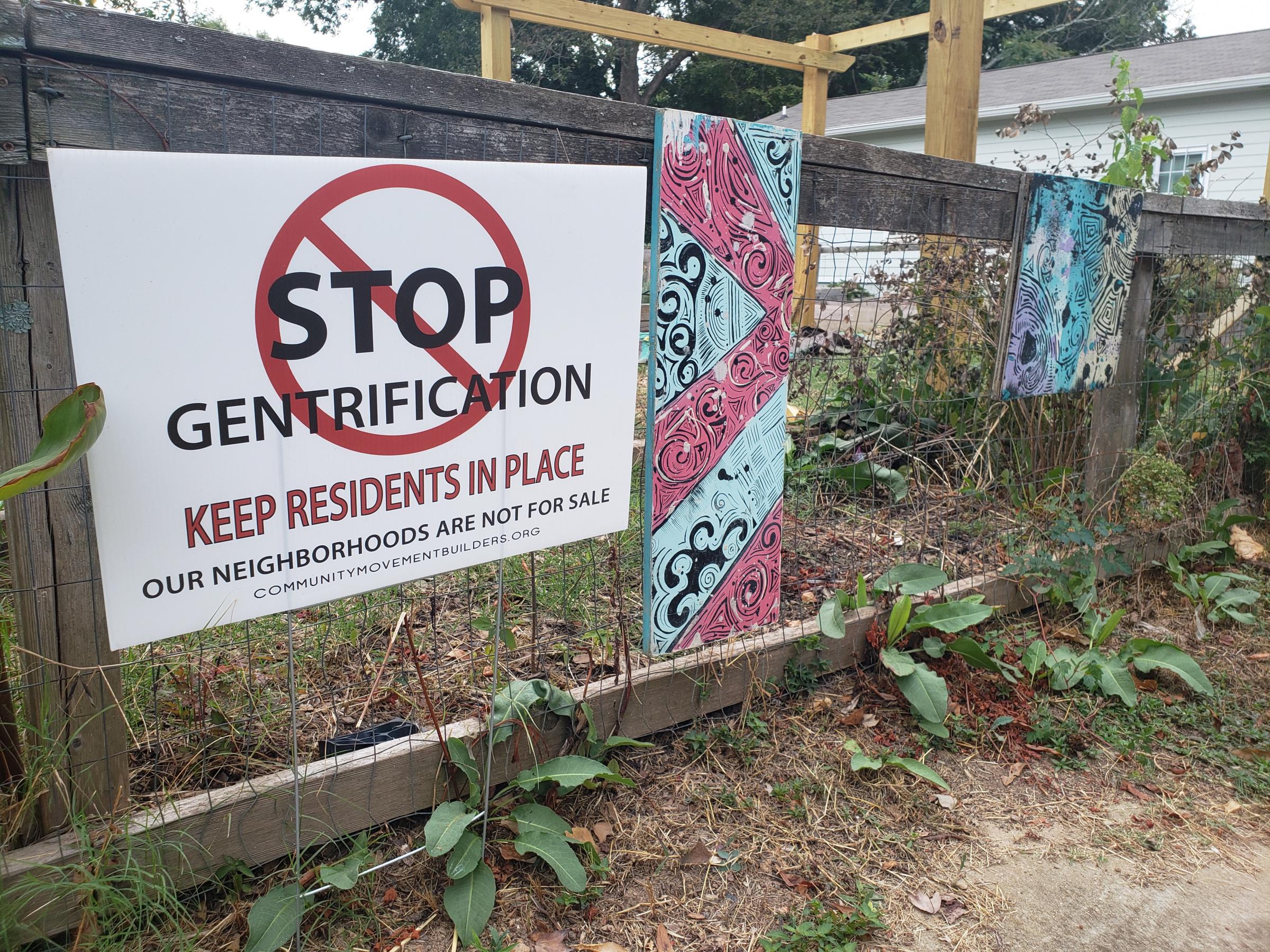
On September 11, 2018, I provided comments to attendees at the HumanitiesDC showcase of the projects that had examined Washington DC in 1968. Based on my work with the DC Living Heritage Network, I suggested a “Gentrification Narratives Framework” to help us think about what a cultural narrative for DC might look like as we look forward beyond 2018. Here’s an outline of my suggestions.
1. Narratives of Disorientation:
- With the changing physical and demographic landscapes, areas of our city are no longer recognizable.
- Previous points of visual orientation no longer exist.
- New spaces and functions leave us wondering where we are.
- Residents comment constantly they no longer recognize various parts of the city and the city overall.
- Some are repulsed by the change; others embrace it.
2. Narratives of Loss:
- Residents see the communities they know and love disappearing.
- They compare “what is” to “what was.”
- They share remembrances about “a life that has been.”
3. Narratives of Preservation:
- The narratives of loss of and of disorientation have increased interest in “preservation.”
- “Physical Preservation” is one form this narrative takes.
- The preservation narrative recognizes our need to document and protect places and spaces.
- “Preservation of Stories” is another form this narrative takes.
- The preservation narrative articulates the need to document and preserve individual and community stories and memories.
4. Narratives of Opportunity:
- The previous three narratives help us look back.
- They help us expand our past and current understanding.
- They inform how we might approach the future.
- The Narrative of Opportunity looks forward and identifies creative cultural possibilities of an emerging New DC and outlines how to realize those possibilities.
Share your “gentrification narrative.”

